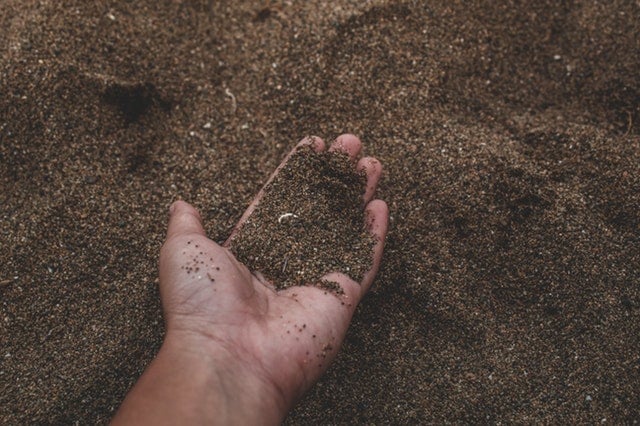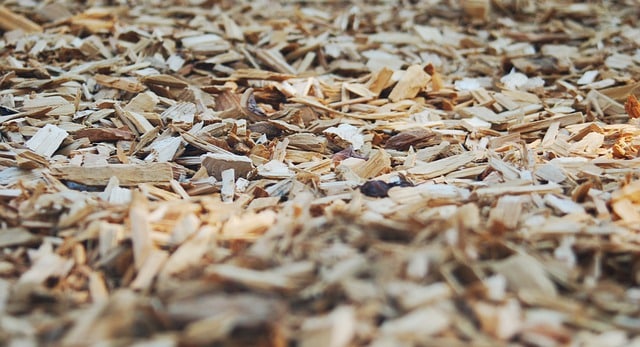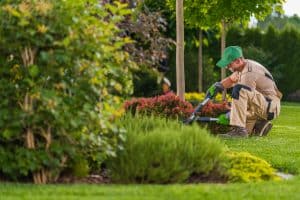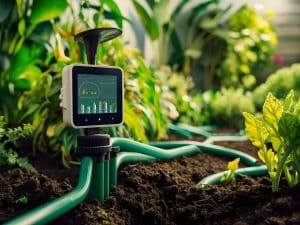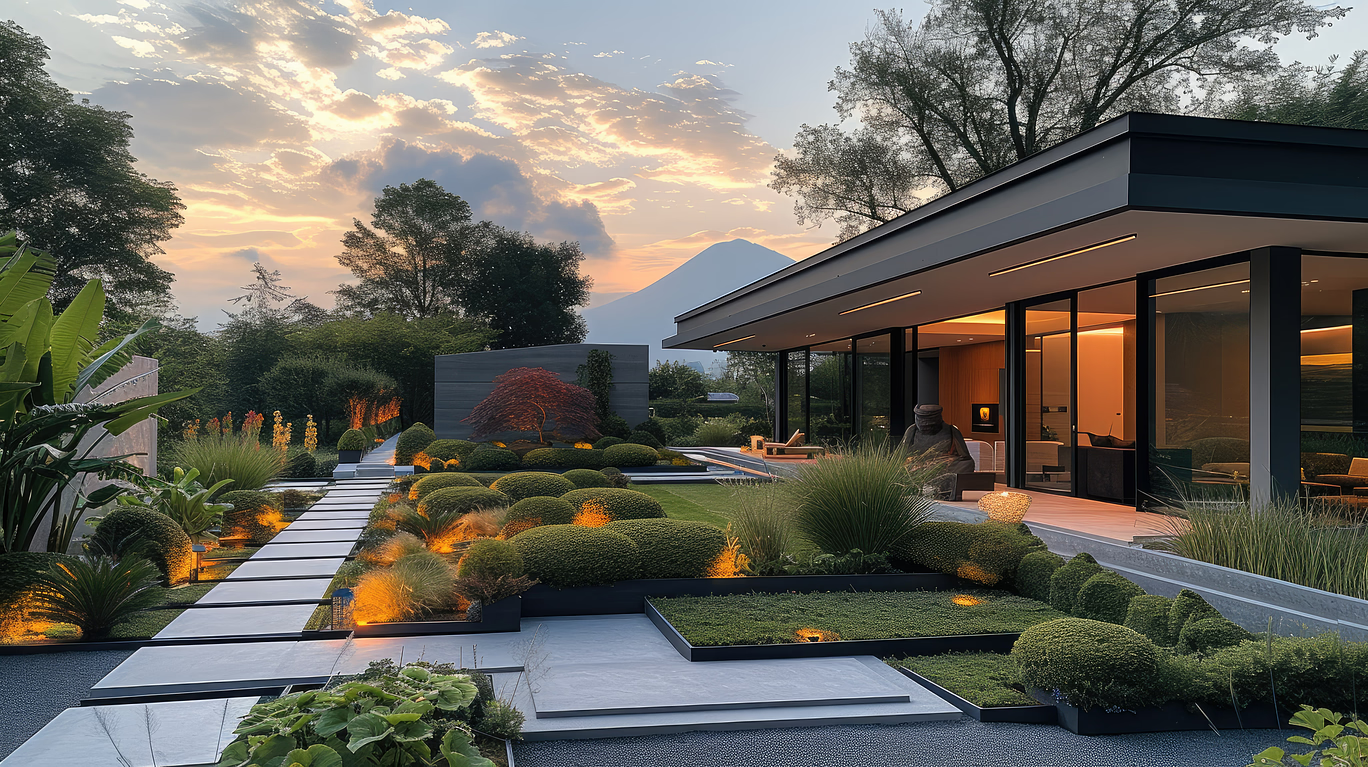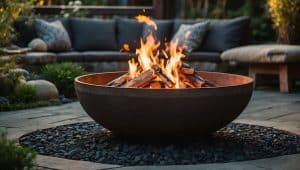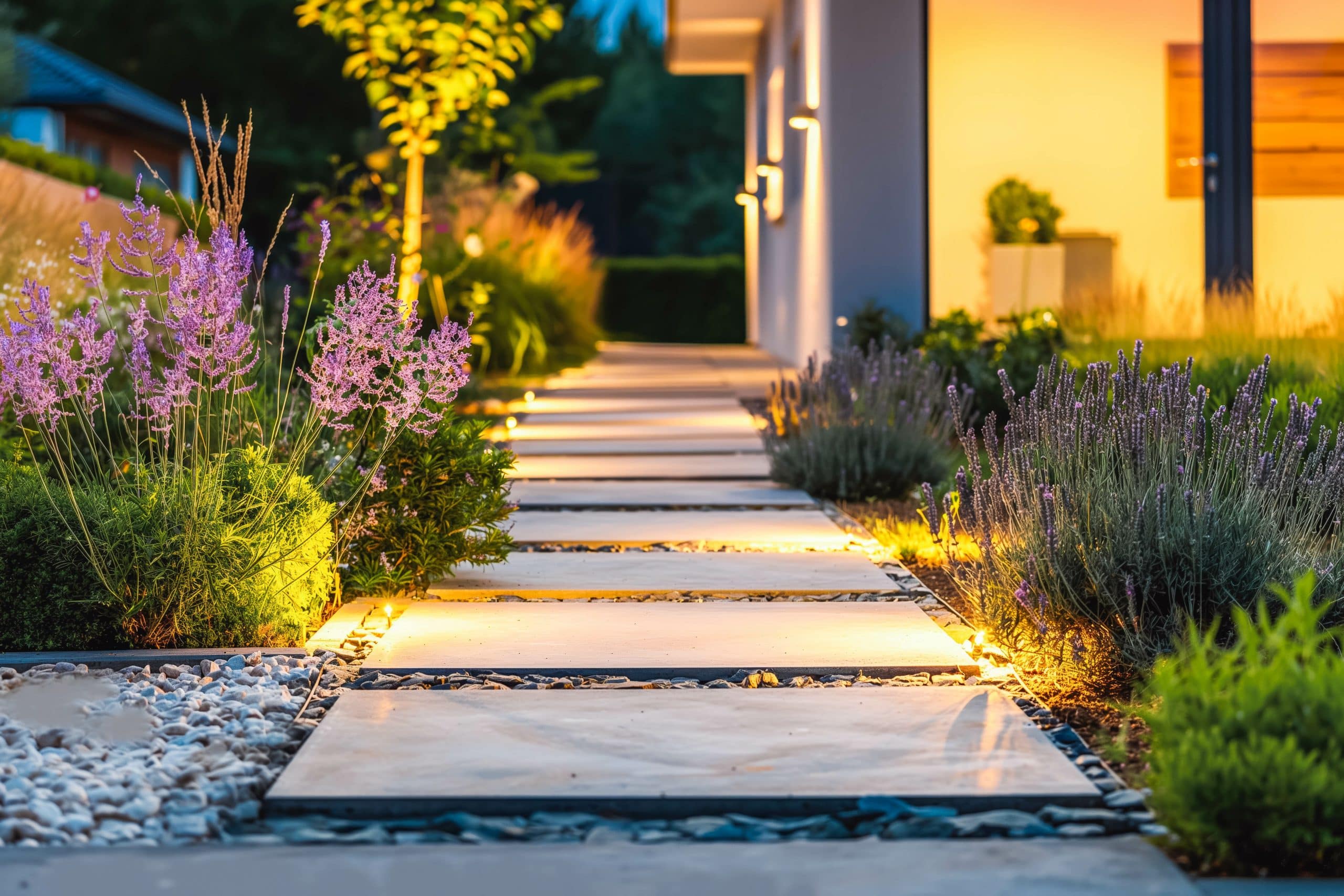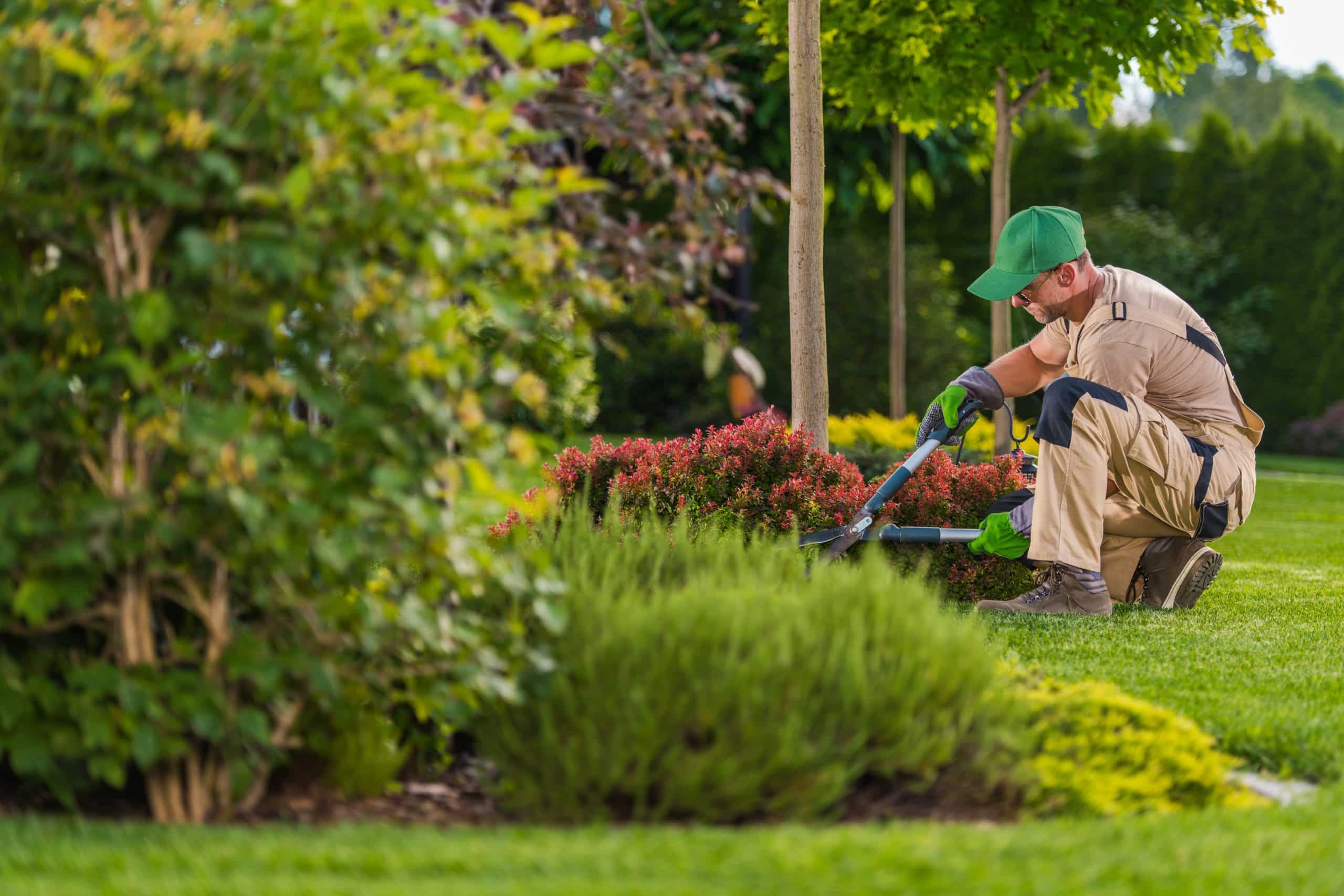It’s come to that time of year again when we begin to prepare our gardens for the summer, making sure we give our plants a healthy environment in which to flourish. One of the most critical areas of plant care is how we maintain our soil each year because healthy soil will support healthy plant development.
When it comes to preparing the soil for planting, garden beds, and pots, we can follow these easy steps to make sure it is in the best condition.
Testing the Soil
Plants require certain minerals such as magnesium, phosphorus, and calcium to grow. Different varieties of plants can require different levels of minerals, so if choosing to purchase fertilizer or bags of planting soil, it may be a good idea to check the label to see which type of plants they best promote.
You can test your soil to determine the levels of minerals that are present either by sending a sample to a company that will test the soil for a reasonably low cost, or there is also the option of buying home testing kits which will promptly give you the results for the main essential minerals.
Most home kits will also offer a test for the pH level of your soil. Soil for garden plants should ideally have a pH level of around 6.5-6.8, although a small number of plants prefer slightly acidic. Powdered limestone can be used to alter soils leaning to the acidic side of the scale, whereas sulfur and sawdust are substances that may be used for more alkaline soils.
If you do find your pH balance needs correcting, please be patient as it may take a few seasons to adjust. However, with the regular addition of compost, it should be easy to upkeep.
Soil Types
Loamy soil, which is a mixture of sand, silt, and clay, is considered to be the most suitable soil for plant growth because it has good water drainage and is packed with nutrients.
Most soils, however, will tend to be one of the three and need the help of an organic matter such as compost to convert it into the acceptable planting soil.
Sandy soil is usually not dense enough to retain moisture. When rubbed through the fingers, it will feel gritty and consist of large particles. Nutrients quickly drain away along with any water, and so it is advisable to add 3-4 inches of compost to ensure your plants can feed and then two inches each year after.
Silty soil feels smooth to the touch and is the most fertile of the three types. It is, however, compactable and will require an inch of compost each year in order to improve its drainage.
Clay soils will feel crumbly and harsh while dry and silky when wet. It is best to work in two to three inches of compost before adding another inch or two to the top, repeating this last step each year. Due to its density, clay soil desperately requires the help of organic matter in order to promote microbial life and improve its drainage.
If you find that your soil falls into the silt or clay category, then it may be a good idea to use this soil for garden beds, which are raised. This reduces the chances of it becoming too compacted through foot traffic, as well as improving the drainage.
Water
An essential part of plant care is ensuring that your plants have good access to water. An ideal soil for plant pots is one that ensures the water can drain effectively, while not completely.
The soil should be around 25% water, and we can achieve this by following the steps above to generate the correct soil texture. Watering the soil once a week should suffice in keeping it damp, but for outdoor soils, this should be adjusted according to the weather.
Fertilize
It is essential to fertilize soil when key nutrients are absent. Plants absorb the nutrients from the soil, leaving it less fertile and so they need to be replenished each year. When deciding how to fertilize soil there are different options to choose from.
Synthetic fertilizers, although fast at delivering nutrients, are bad for the environment and can be detrimental to your soil by killing off valuable microorganisms, so you may want to consider organic. There is also the option of dry or liquid fertilizers. Liquid fertilizers work faster at delivering nutrients, while dry is slower but longer-lasting.
Many brands of planting soil come pre-mixed with fertilizer, making them an ideal no-fuss method of filling pots and planters.
Mulch
Mulch is the layer of protection we add to the top of the soil to protect it from extreme temperatures. It reduces the loss of water and can also help to reduce weeds.
Organic mulch, such as grass clippings bark or hay, will break down over time, adding nutrients to the soil.
Over time they will need to be replenished. In comparison, pebbles or other in-organic materials are just as good at insulating. They will not need to be replenished, but keep in mind that they do not contribute to the nutrient quality of your soil.
Final Word
So now you have the knowledge to get prepared! Ensure that your soil is full of nutrients and has the right consistency for water drainage and healthy root development if not try to improve the quality of the soil. That way you can expect to enjoy the benefits of your labor right throughout the summer!



